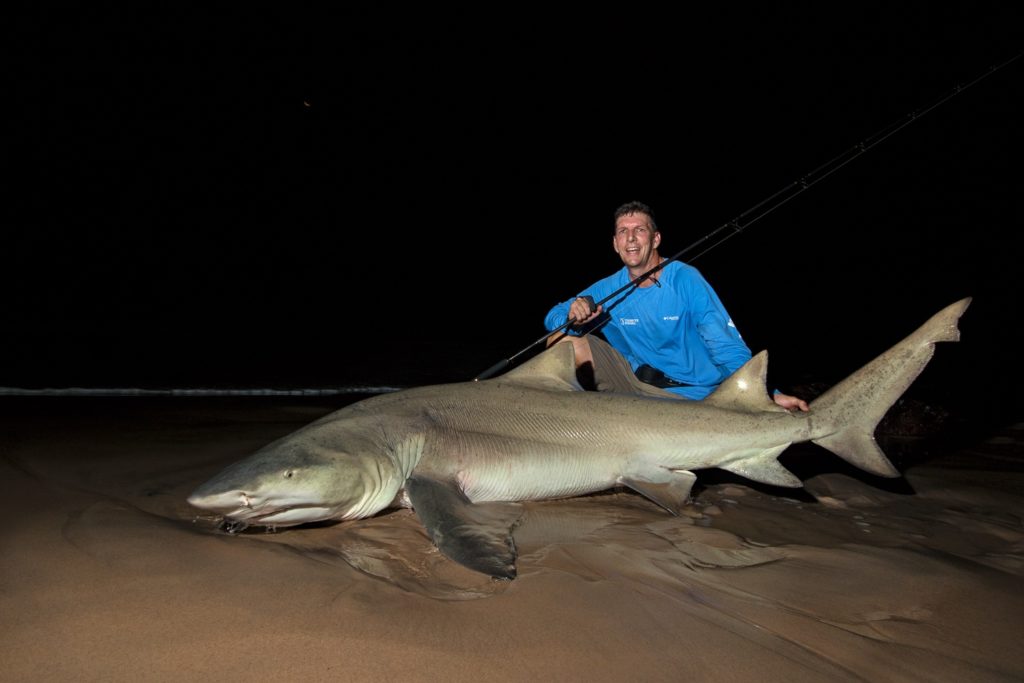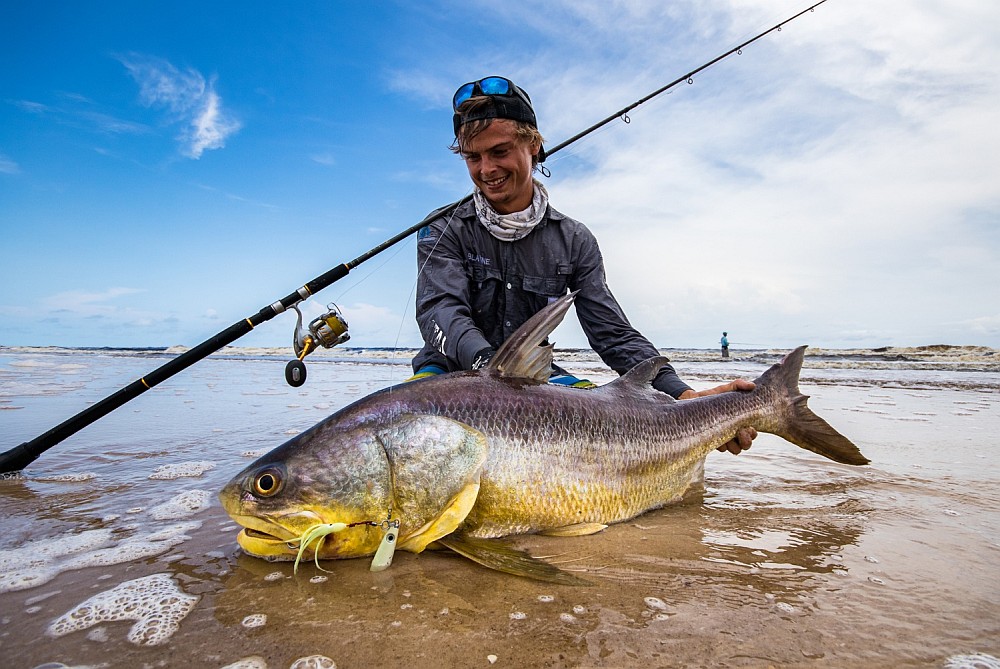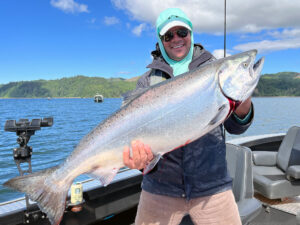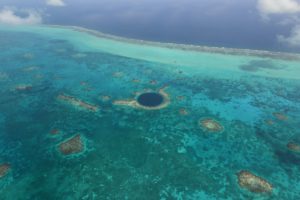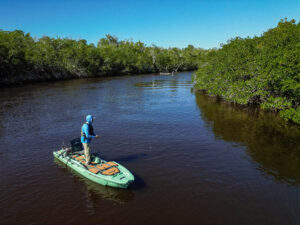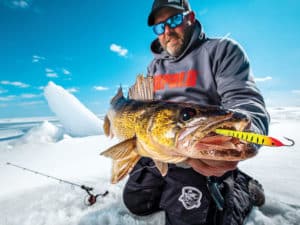COSTA RICA’S PROPOSED MILLION-ACRE RESERVE
A bill now before the country’s congress would ban large-scale commercial fishing off Costa Rica’s southern Pacific Coast
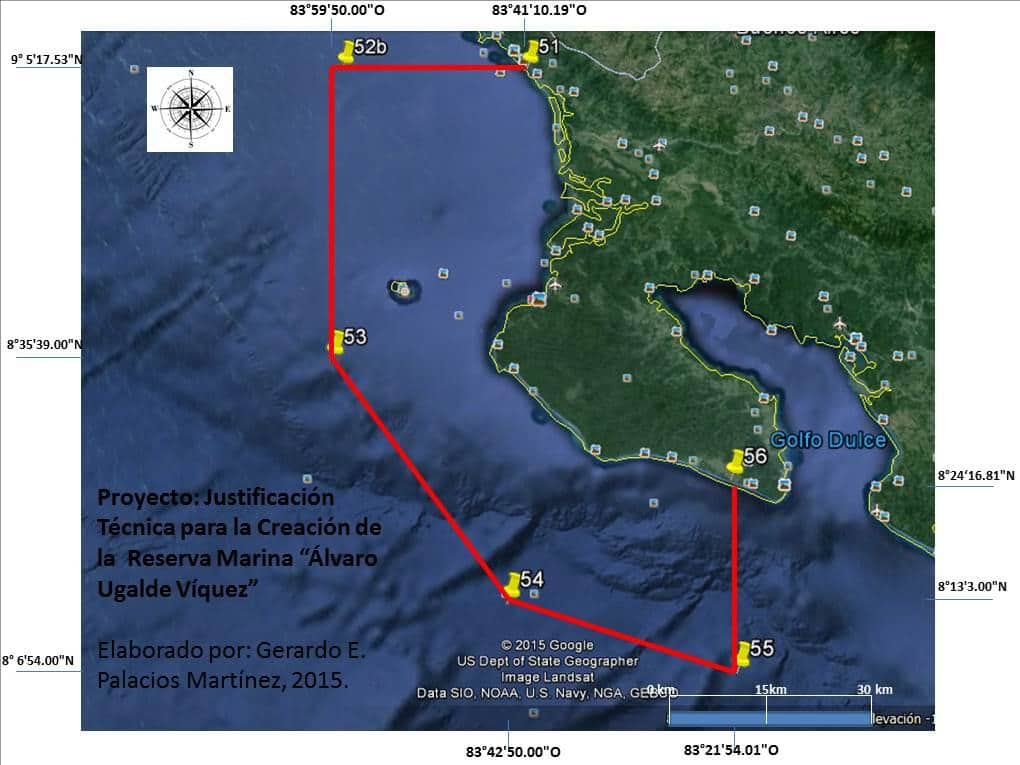
A bill that would create a marine reserve of nearly 1 million acres off the Osa Peninsula and southern Costa Rica coast is under consideration by Costa Rica’s congress, based on a report prepared by the Tropical Science Center. The bill — titled Reserva Marina Álvaro Ugalde Víquez in memory of Costa Rican conservationist Alvaro Ugalde Viquez — prohibits destructive, industrial-scale fishing practices, including longlines, bottom trawls and drift gillnets.
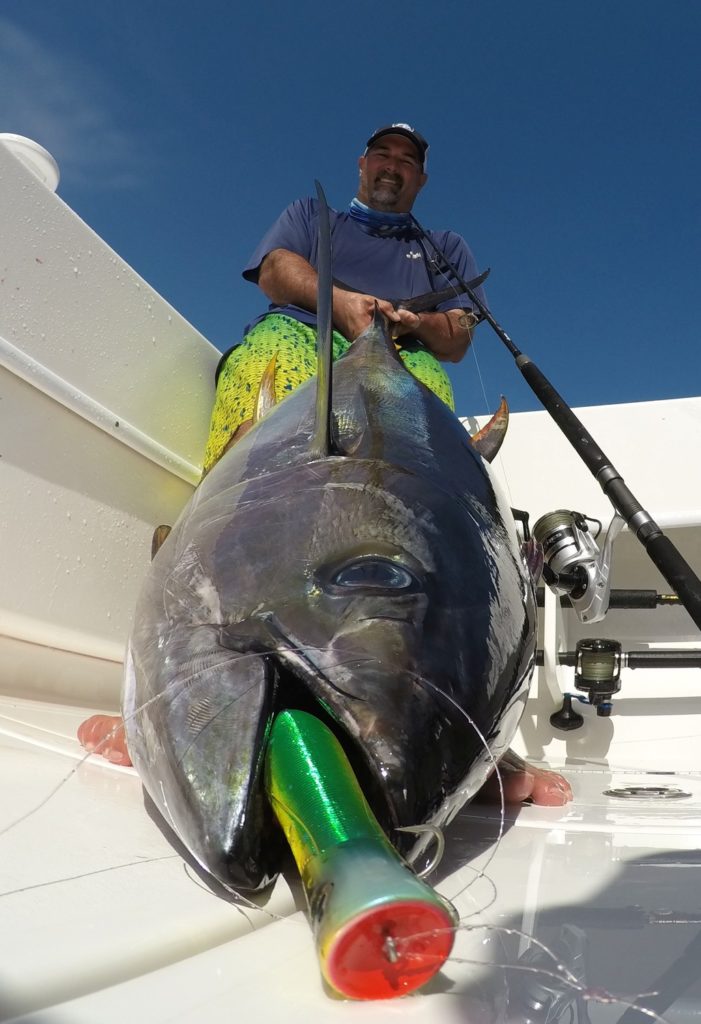
Artisinal fishing and — recognizing the important economic contribution made to the country’s economy by visiting anglers — sport fishing would be allowed.
The reserve is intended to “protect the extraordinary marine and coastal resources of the southern Pacific coast,” resources threatened now by “indiscriminate and unsustainable commercial fishing.”
A period of public comment on the bill will continue through August. Comments may be emailed to Sra. Hannia Durán at hduran@asamblea.go.cr.
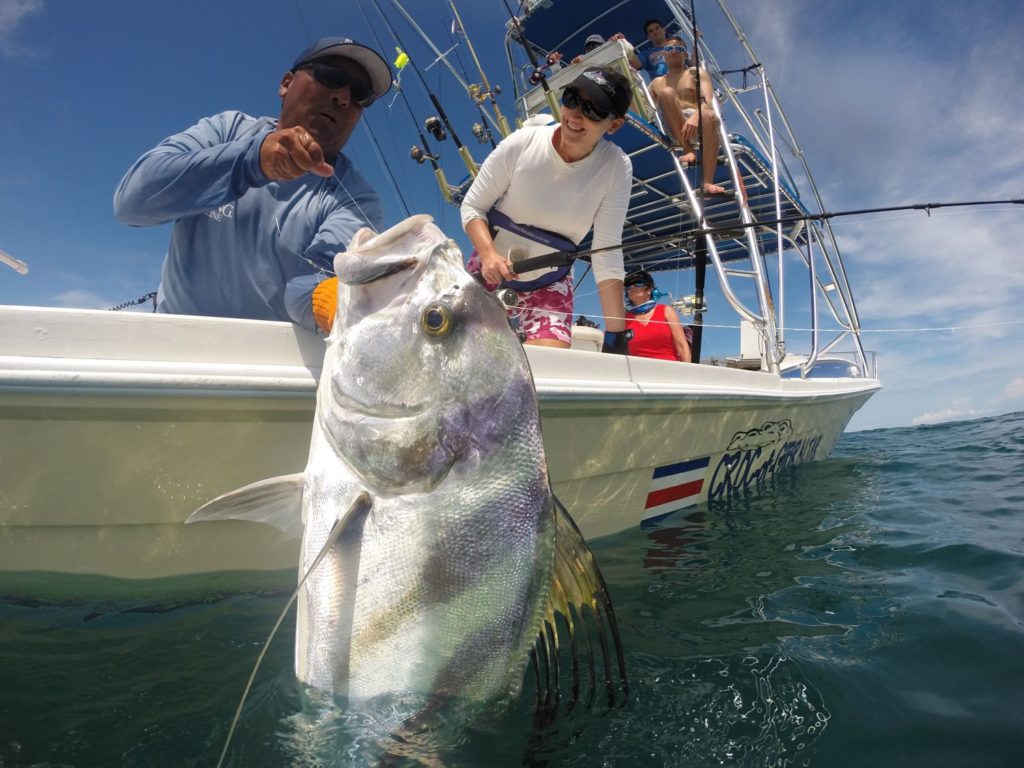
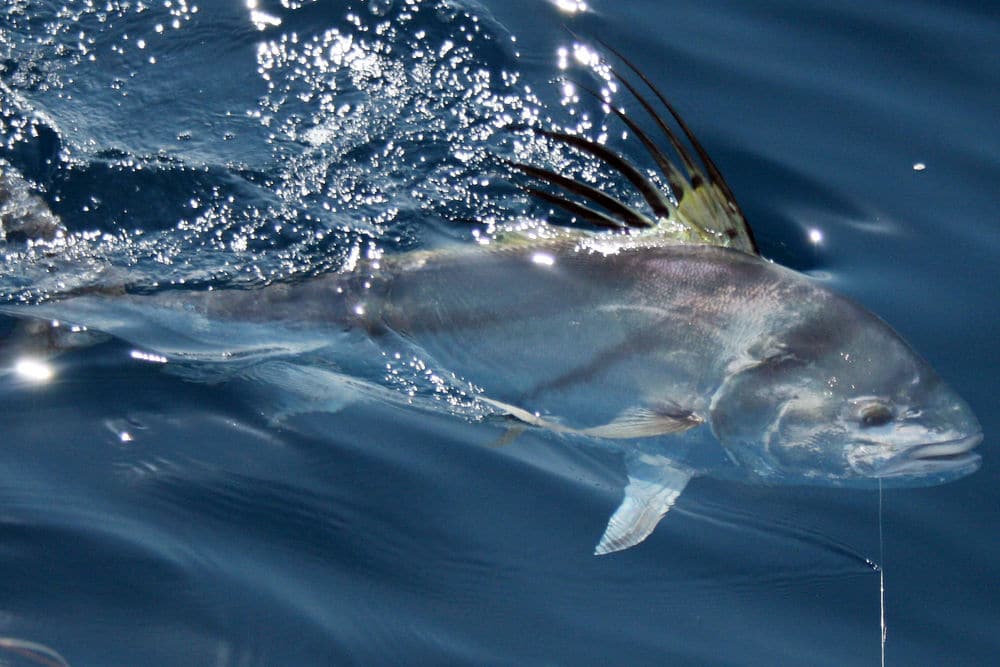
FISHING FLORIDA EVERGLADES GETS A BOOST WITH NEW ACCOMMODATIONS
Overnight stays in Flamingo, jumping-off point for Everglades National Park, will again be possible once construction is completed on new cottages and eco-tents.
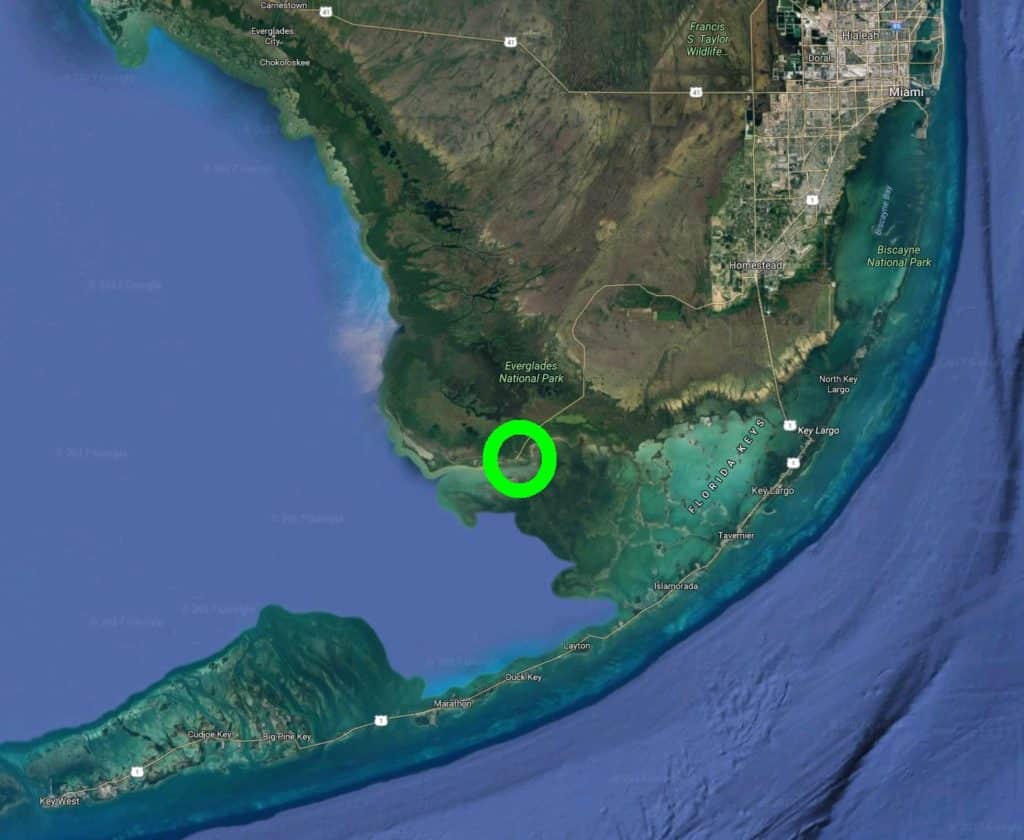
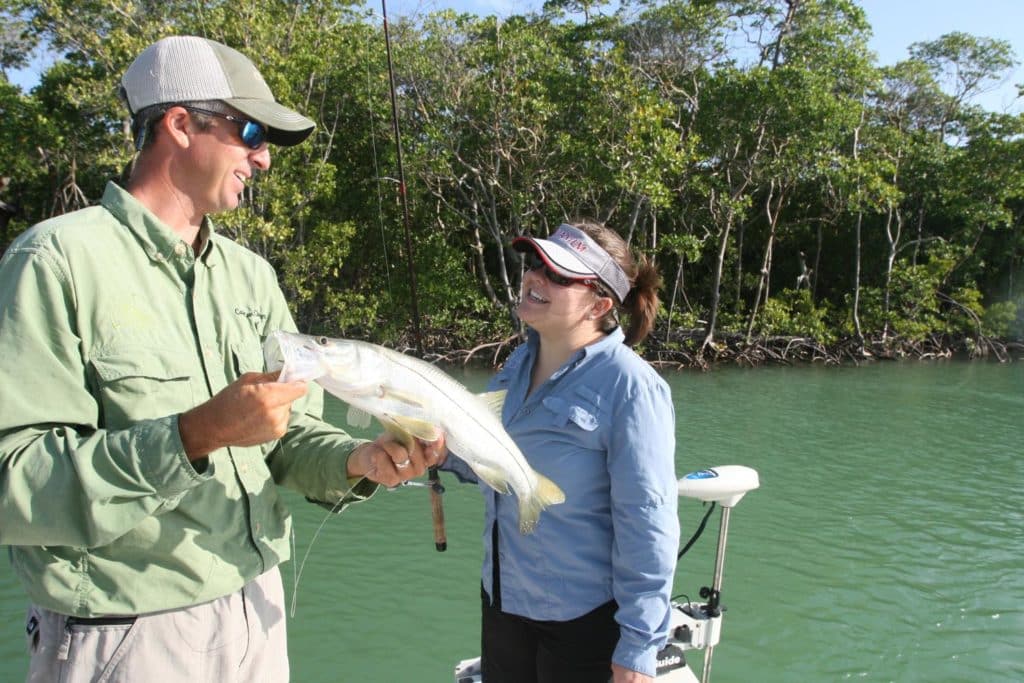
The Virginia-based contractor, Guest Services Inc., which operates accommodations in other national parks, will handle the project. An NPS release says that, now, “Visitors will be able to walk out their cottage door and, within minutes, have the opportunity to see crocodiles, alligators, manatees, sawfish, sea turtles, dolphin, tarpon and more,” noting that Flamingo remains a “world-class fishing paradise.” (Just don’t forget to pack the mosquito repellent!)
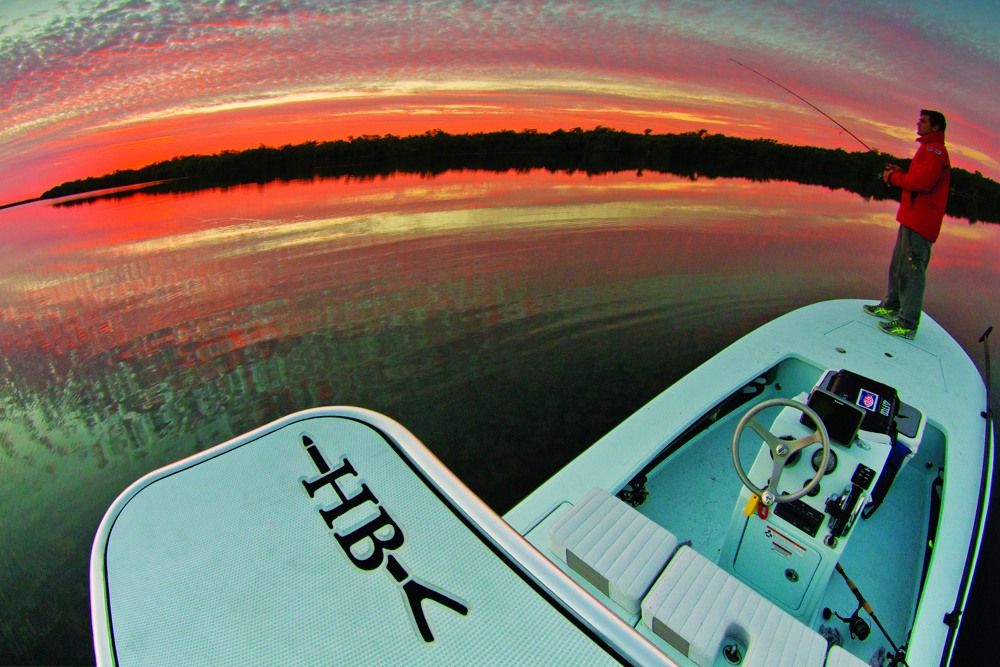
TROPHY SWORDFISH: NEW GAME IN SOUTHERNMOST AUSTRALIA
Anglers are discovering that the waters off lower Australia offer some outstanding fishing for big broadbill.
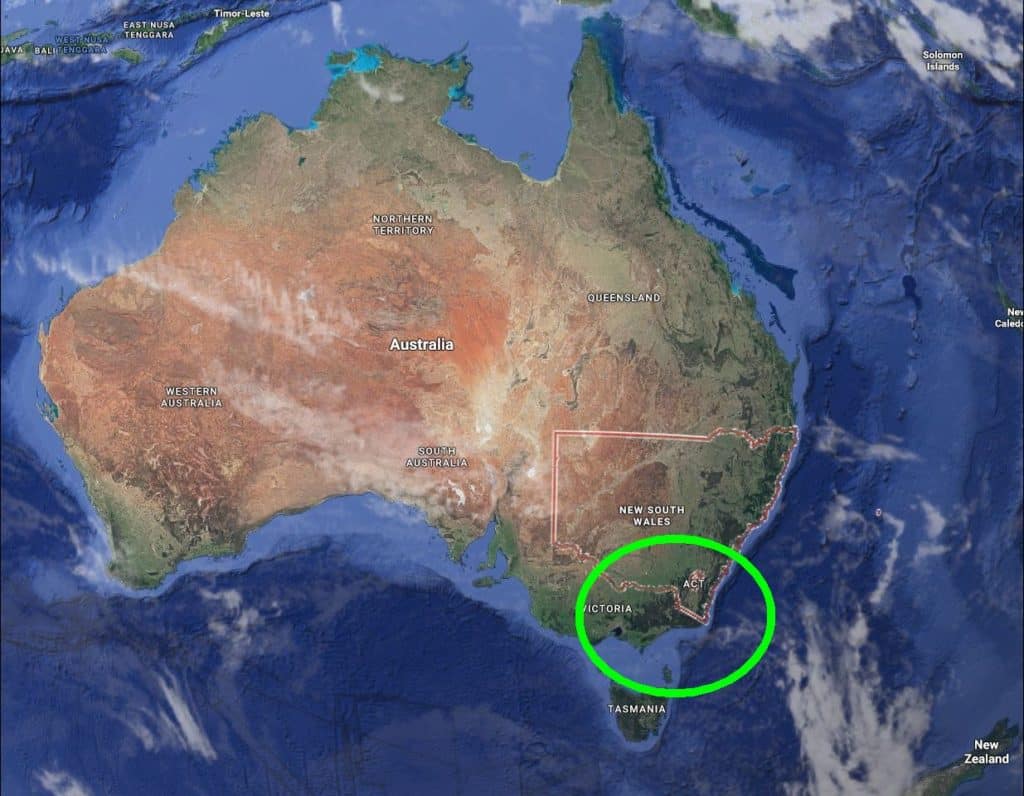
The thought of fishing Australia brings to most yanks’ minds visions of giant black marlin off the Great Barrier Reef and barramundi in northern estuaries, but not necessarily swordfish. Yet far to the south, off the chillier waters of New South Wales, a burgeoning swordfish fishery has been gaining interest and fans, Jim Harnwell tells SF. Harnwell, the recreational fisheries manager for the NSW Department of Primary Industries, says this recent development has gained particular attention thanks to swords running quite large on average, including a recently landed 763-pounder off Victoria.
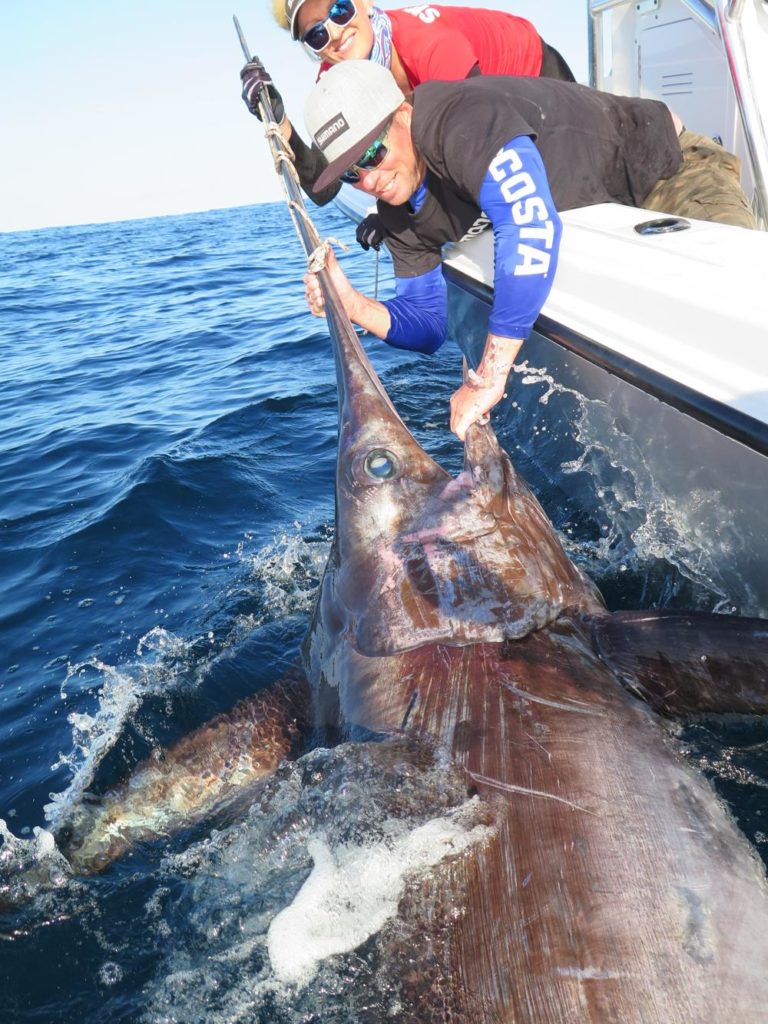
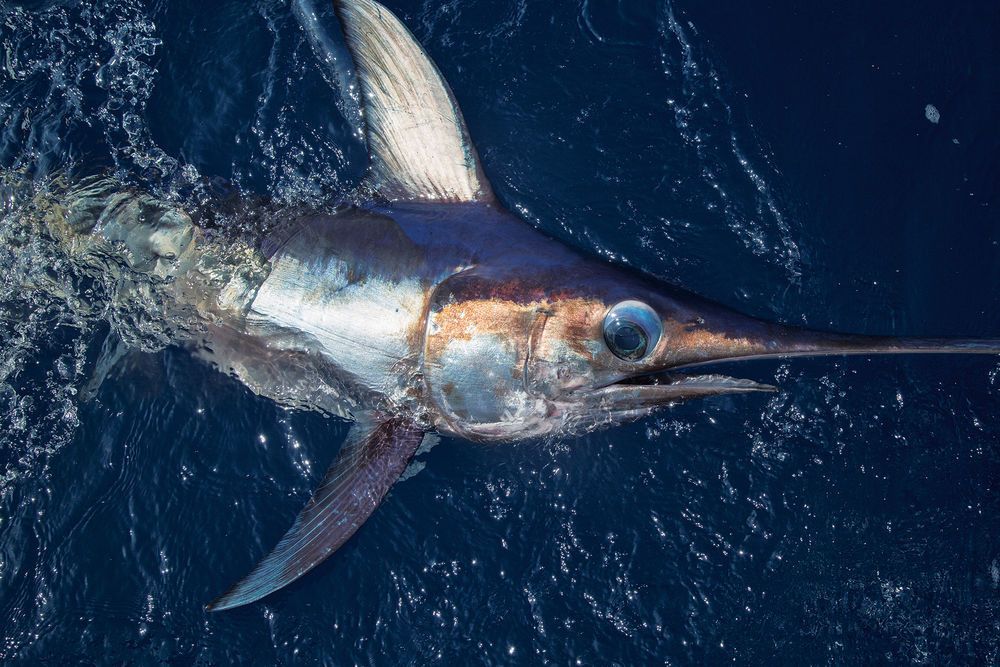
BARRACUDA RETURN TO SOUTHERN CALIFORNIA
After a conspicuous absence of nearly 10 years, barracuda — and big ones — are coming over the rails of local sport-fishing boats.
“After a long absence, barracuda have returned to Southern California,” says SF regional correspondent Erik Landesfeind. The summertime staple of LA and Orange County fishermen had been conspicuously absent for the better part of 10 years, he says.
“Captains had first chalked up their disappearance to a cold water La Nina pattern that shifted the migration south into Mexico. Then when the warm water returned it did so with a vengeance and captains blamed El Nino for the lack of Pacific barracuda along the coast,” according to Landesfeind. “Whatever the case, the popular game fish has returned to our local waters in good numbers and the fish have been huge.”
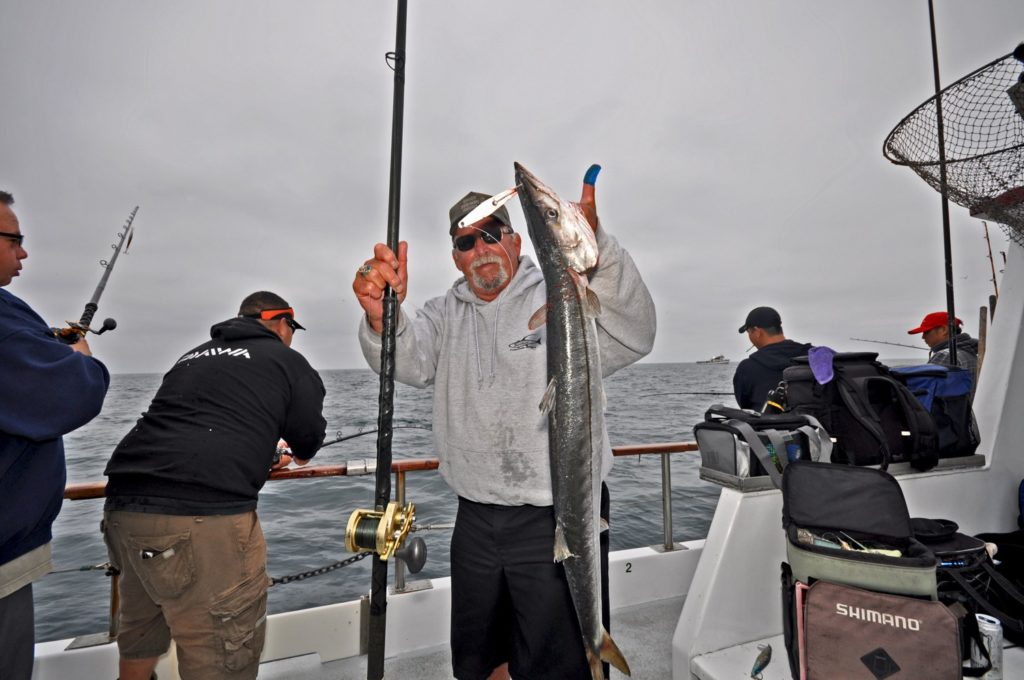
Most years, the majority of barracuda caught are close to the California Department of Fish and Wildlife’s minimum size limit of 28-inches, a fish around 3 to 4 pounds. “While there are still fish that size being caught this year, the average size in 6 to 7 pounds and fish pushing 10 pounds are regularly caught. These oversized barracuda will readily eat surface iron and plastic lures,” says Landesfeind, and are a motivation for anglers to crowd onto half- and three-quarter-day boats.
If things go as in previous years when the barracuda came to town, they should be available in numbers well into the summer.
Landesfeind notes that sand bass also show signs of a comeback, after being mostly absent for the past six years. Barracuda and sand bass “are the backbone of the local sportfishing fleet and their return is getting people back fishing which the local boats desperately need right now.”
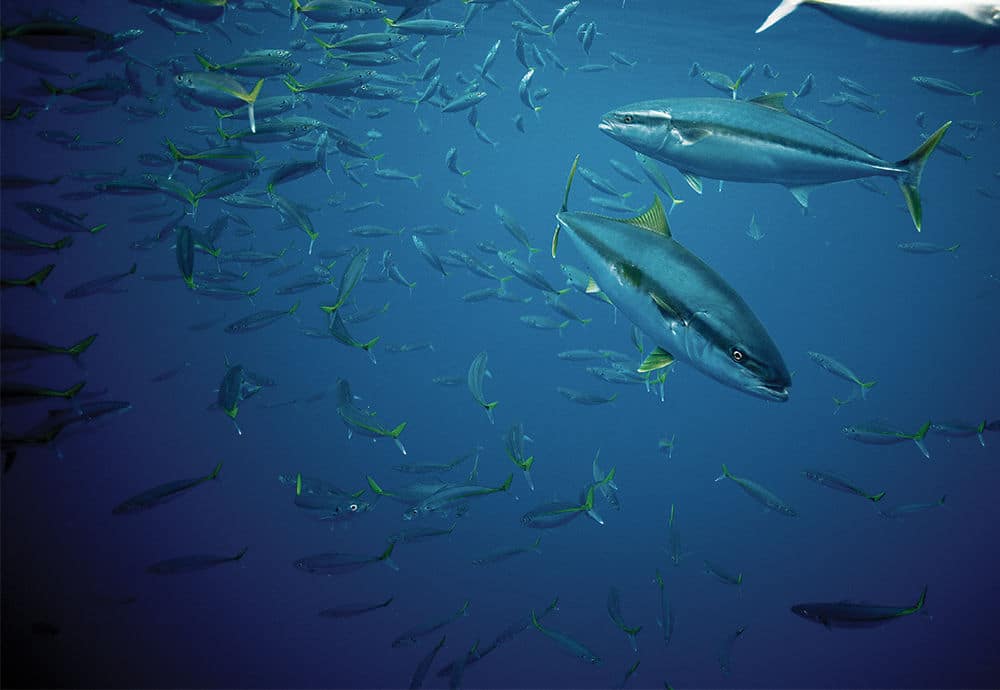
GABON’S GREAT FISHING TO BENEFIT FROM NEW LAWS
A plan to protect 27 percent of Gabon’s territorial waters promises to preserve its amazing, pristine beaches and estuaries.
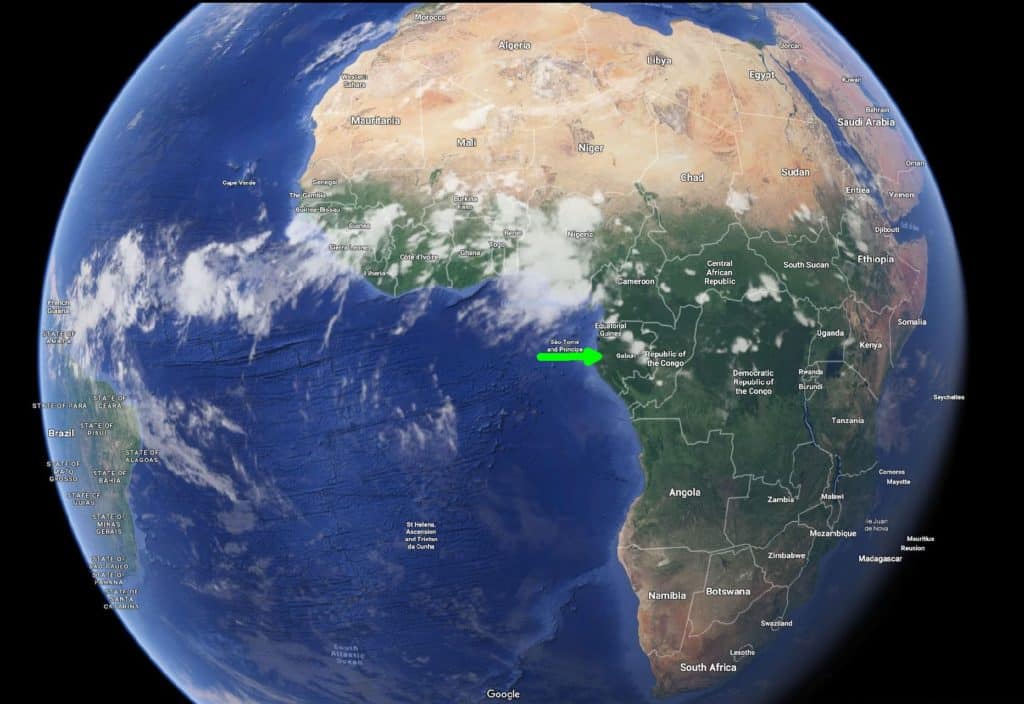
Gabon has announced plans to create one Africa’s largest marine protected areas. The new area will combine and expand existing marine zones already protecting long stretches of the coast. Gabon’s president, Ali Bongo, says 27 percent of the country’s territorial waters will be protected, particularly from unregulated international fishing fleets.
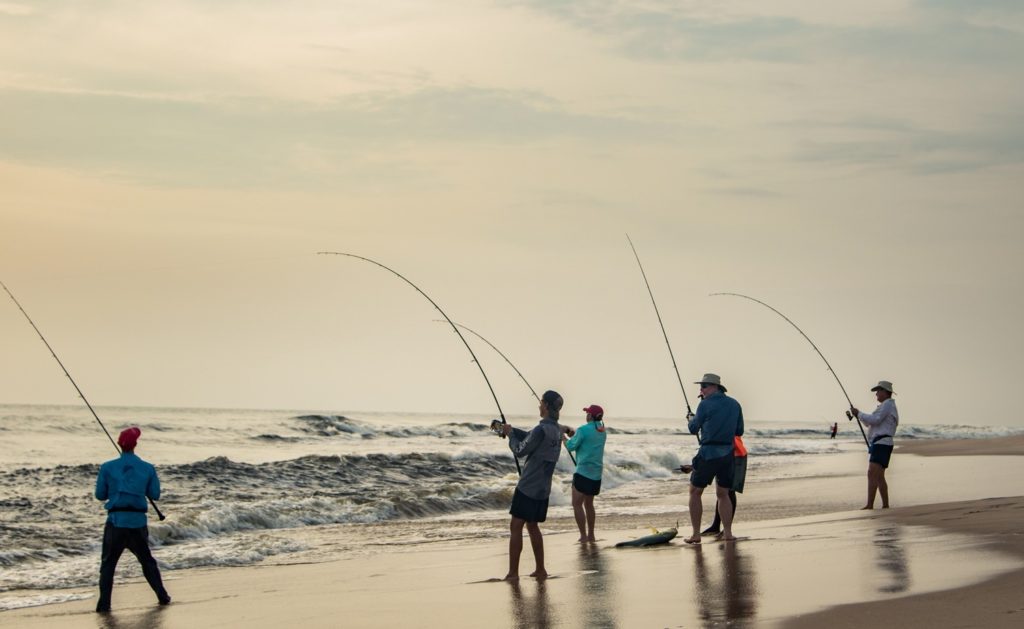
Mark Murray, head guide at African outfitter, Tourette Fishing, says that Gabon has the longest and wildest stretch of coastline in West Africa. The massive estuary system of and around Gabon’s Loango National Park offers some of the most exciting inshore and beachfront big-fish action in the world. Murray tells SF that what Gabon has done already to protect its coast is “amazing.”
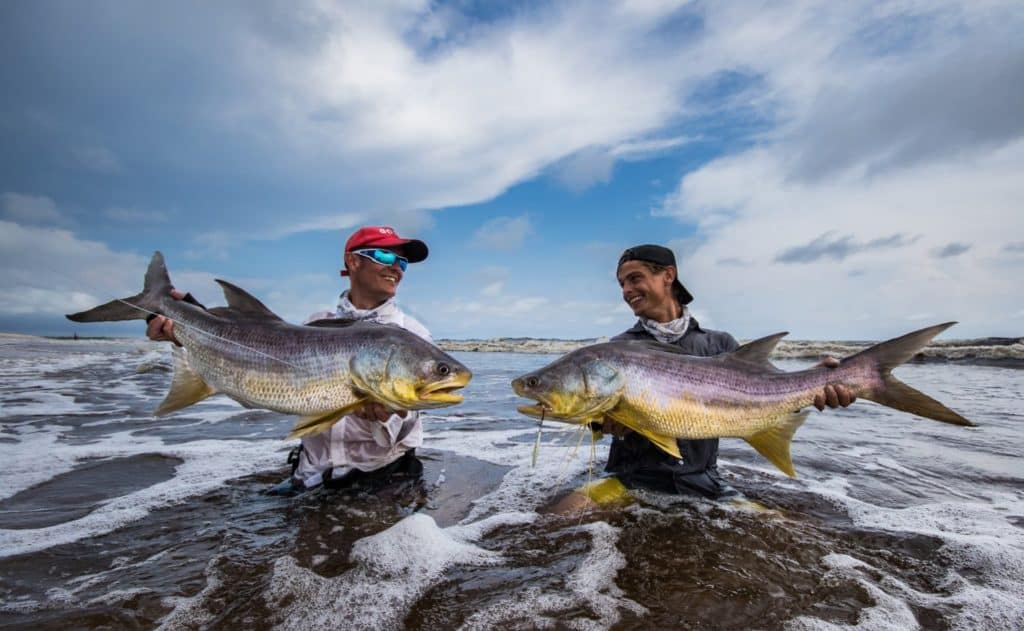
I’ve seen the effects of Gabon’s laws protecting its coast already,” Murray adds. “Shark numbers have risen tremendously. Six or seven years ago, we saw hardly any sharks. Now we see the free-swimming in the waves off the beaches daily. It’s truly amazing.”
